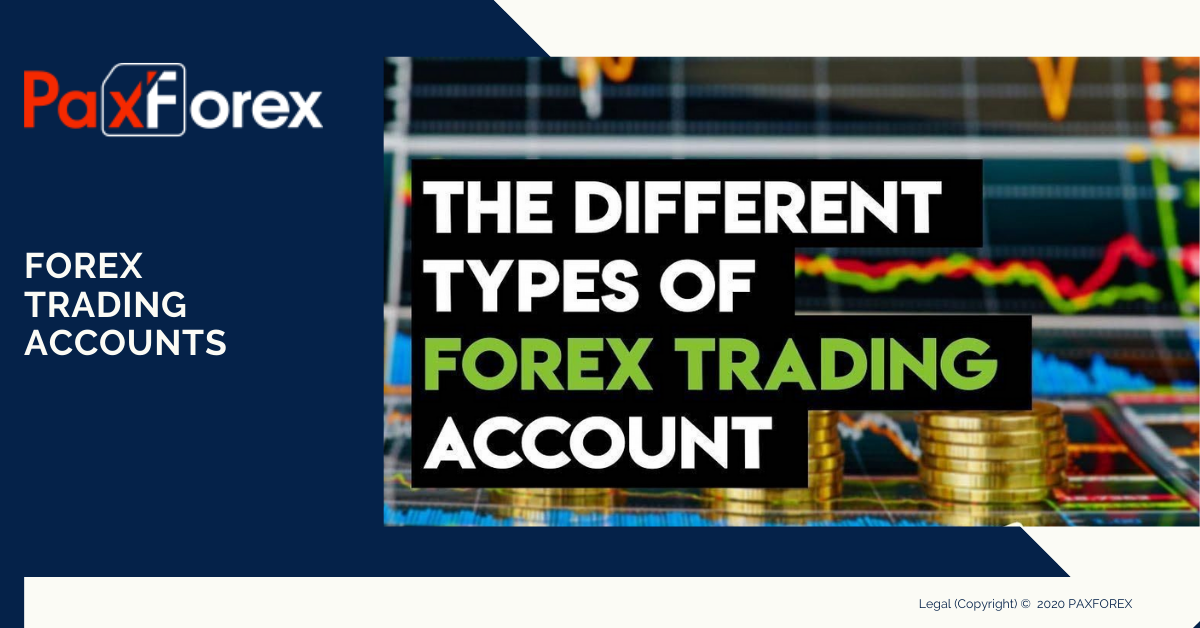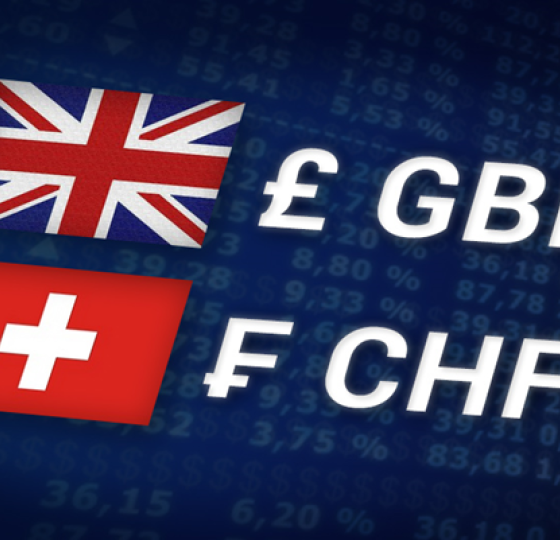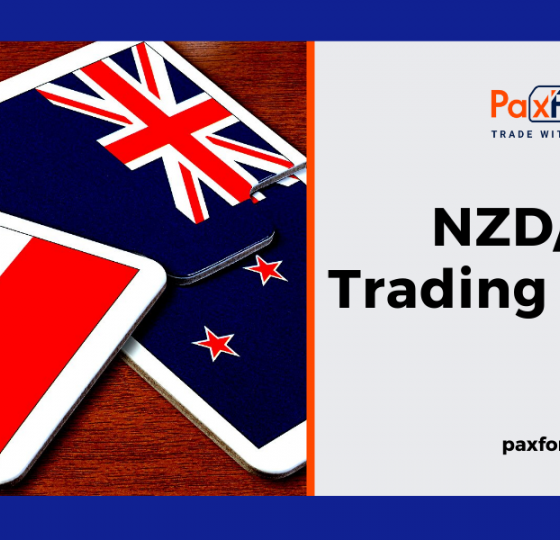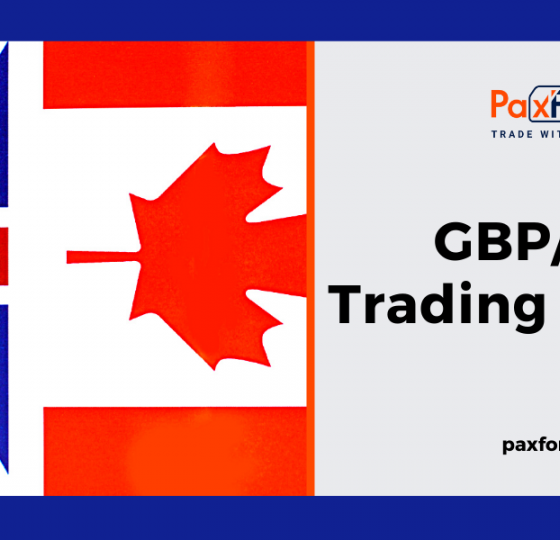
Before you can start trading you need to pick an excellent forex broker and make your very first deposit into your account. As you will see there are different forex trading account types offered by your broker and there is a good reason for that. It allows traders with different trading capital to be able to open an account and execute their trading strategy with proper risk management.A deposit in the wrong type of account can often lead to a complete loss as the trader will not be able to execute their trading strategy properly due to the size of minimum trades and the classification of how much one lot represents. This can lead to a dysfunctional risk management approach and traders will place their orders too tight and see their currency trades stopped out despite having the proper trade on their books.
Therefore choosing the right trading account for your trading capital is a very important step to take. Every broker offers more than once choice in order to accommodate all types of traders and serve their needs better. The most common forex trading accounts are:
- Standard Account – This is the most common account used by the majority of traders who have
 sufficient capital. One lot in a standard forex account represents 100,000 units of the currency you would like to trade. In most cases a 1 pip move will equal $10 (or 10 of whatever your account currency is).
sufficient capital. One lot in a standard forex account represents 100,000 units of the currency you would like to trade. In most cases a 1 pip move will equal $10 (or 10 of whatever your account currency is). - Mini Account – This is a great account for all forex traders who have less money to trade. Typically any account with less than $10,000 should be opened in a mini account. One lot in a mini account represents 10,000 units of the currency you would like to trade and therefore a 1 pip move will equal $1.
- Institutional Account – This is preserved for fund managers and corporations. The lot sizes are the same as in the standard account, but spreads are often lower due to the high trading volume. Most forex traders will never make use of this type of account.
Some forex brokers also offer micro-accounts where one lot represents 1,000 units of the currency you would like to trade and 1 pip is equal to $0.10. This type of account should only be used if you have less than $1,000 to deposit, anything above that should go into a mini-account until you reach above $10,000 in your trading account.
Bonus Tip:
The best way to learn how to trade is in a mini-account (or micro-account). Make a smaller deposit, somewhere between $200 and $500, and only trade 0.01 lots until you are able to earn consistent profits. Those who skip this step and think they can learn how to trade in a demo account should take a look at this infographic and then take some time to think about it.
You will not be able to learn how to trade in a demo account, which is why mini-accounts are the choice for new traders who want to learn how to trade successfully.
Do you need to boost your live trading account or start trading with your first funded trading account?







